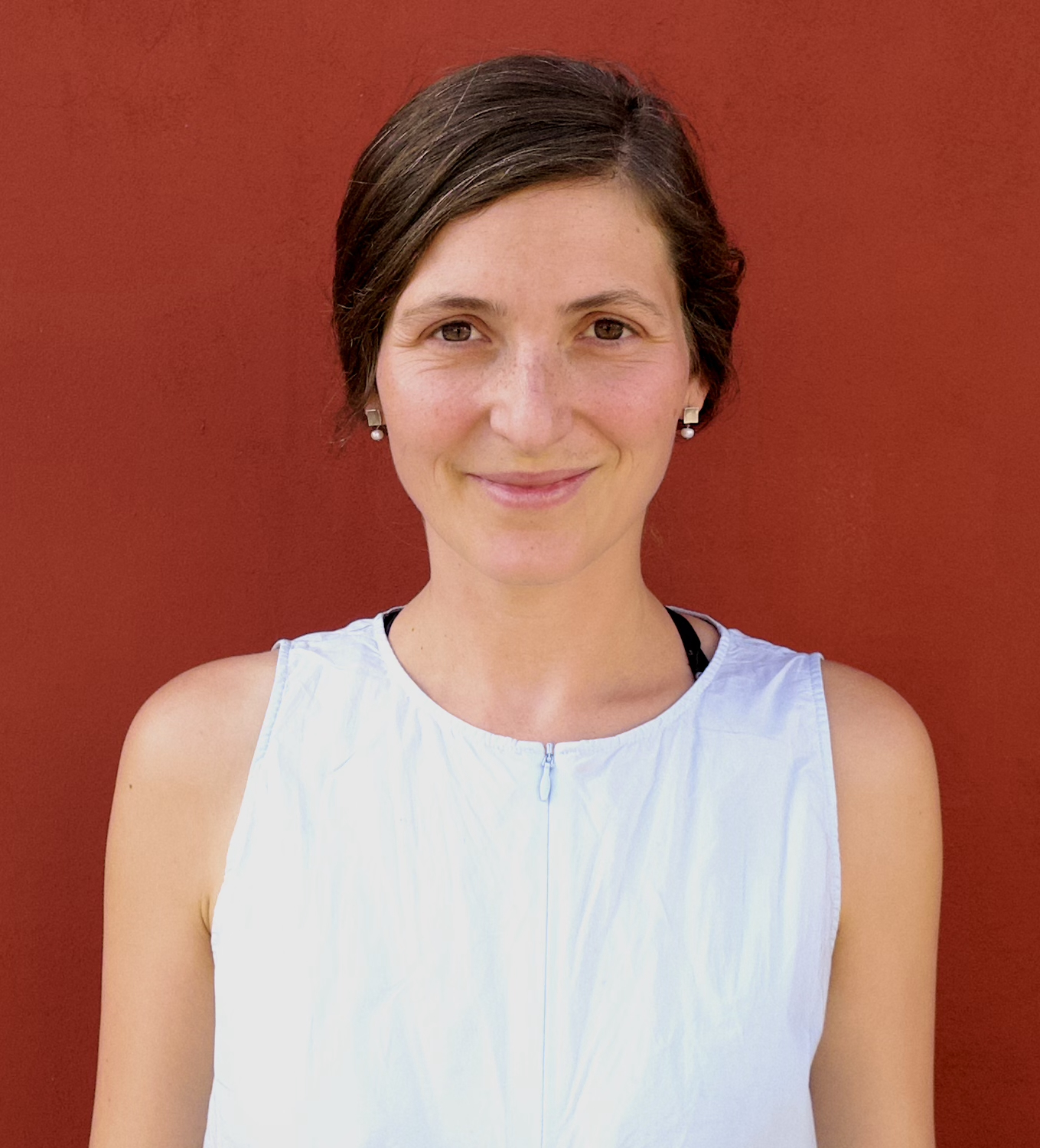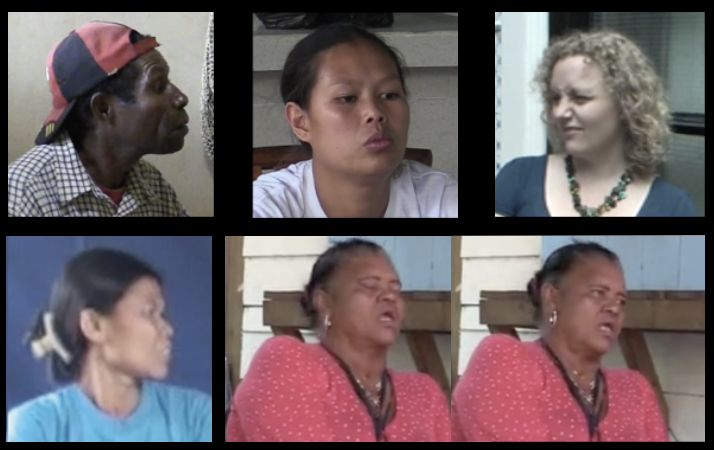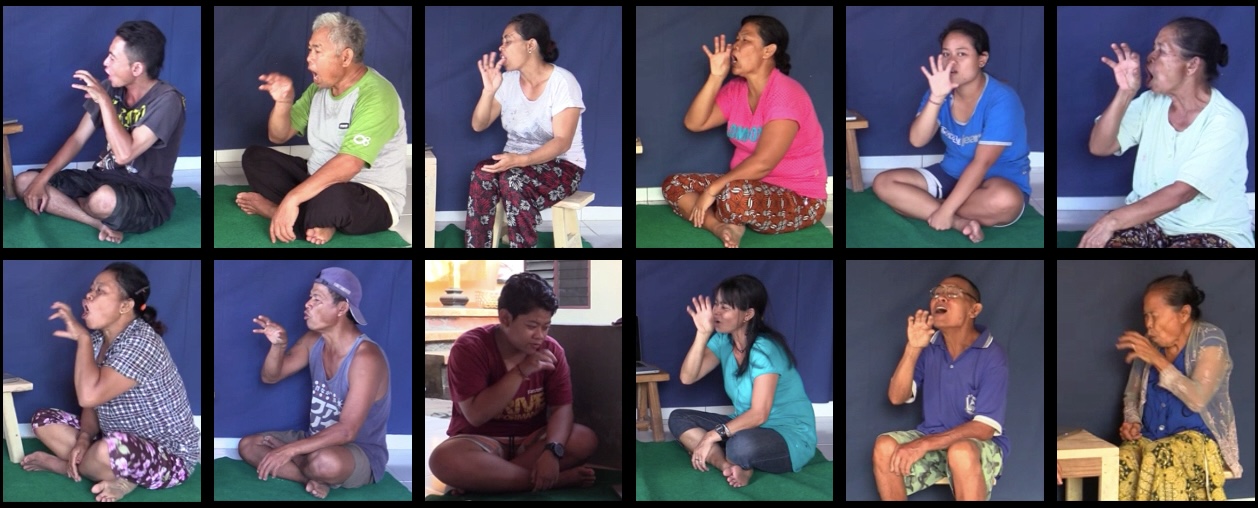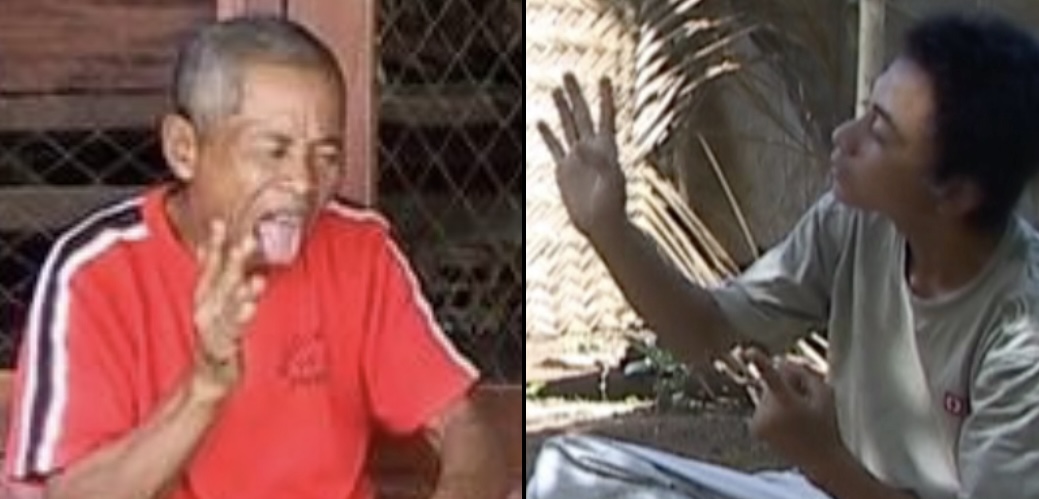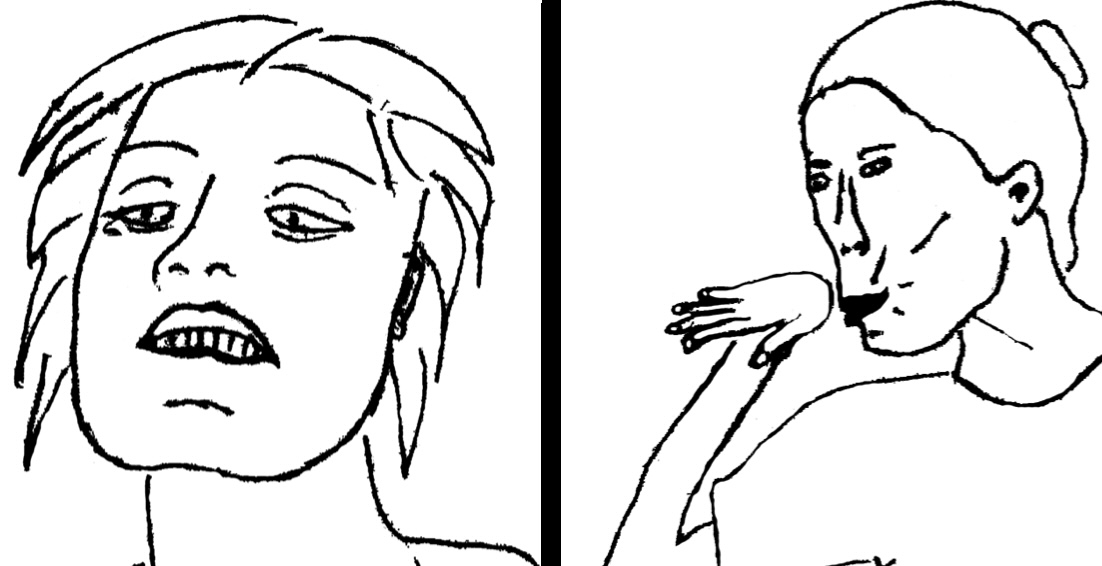About Me
I am a sign language linguist working primarily on Kata Kolok, a sign language that emerged spontaneously in a village community in Bali. In my research, I am interested in the intersection of language acquisition, sociolinguistics and language and interaction with a focus on signed languages. I am curious about how languages emerge and adapt within their ecological niches and how language is shaped by and for social interaction.
Before I started my Marie Curie project LETITIA, I have been a postdoc at the ERC-funded SignMorph Project at University of Birmingham, headed by Adam Schembri and at the ERC-funded Emergence of Language in Social Interaction (ELISA) Project at Tilburg University, headed by Connie de Vos .
I obtained my Bachelor degree in "Sign Languages" from Hamburg University in 2014, my research Master degree in "Linguistics", specialised in Sign Language Linguistics, from University of Amsterdam in 2017, and my PhD from Radboud University Nijmegen in March 2022.
I am also a yoga teacher! Find some more information in the section Yoga!
